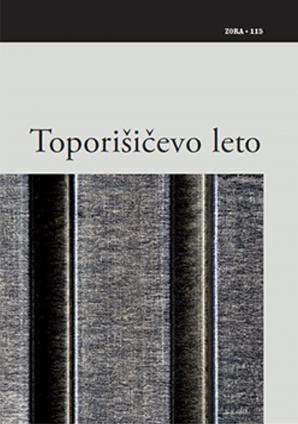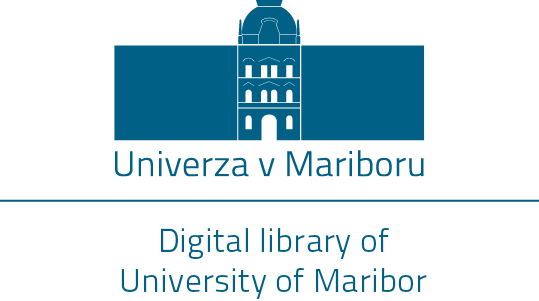Toporišičevo leto
Keywords:
Jože Toporišič, Slovene languageSynopsis
Year of Toporišič. Jože Toporišič was born on 11 October 1926 in Mostec near Brežice. Elementary school, which was renamed to dr. Dr. Jože Toporišič, visited Dobova between 1933 and 1938; From 1938 to 1941 he was a student of a classical grammar school in Maribor - he lived in a seminary in Maribor and was preparing for an exam to study theology; he was emigrated to Silesia during the war; In June 1945 he continued his education and graduated in 1947 at the classical gymnasium in Maribor. Due to the political situation, he enrolled in the Faculty of Arts in Ljubljana in 1947 and switched his preferred studies of theology to Slovene and Russian studies; he graduated in 1952, and in 1963 he defended his doctoral dissertation Nazor and the Design Structure of Fenggar's Prose. He began his teaching career in 1953 as a professor trainee at the Gymnasium in Novo mesto, and until 1965 he was a language editor at the Faculty of Arts in Zagreb; studied further in Hamburg and Chicago; From 1965 until his retirement in 1996 he taught Slovene literary language at the Faculty of Arts in Ljubljana; In 1971 he founded the Chair of Slovene Literary Language and Stylistics at Slavic Studies and became its first head; he was a longtime editor of the Slavic Magazine; In 1991 he was appointed extraordinary and in 1997 a full member of SAZU. In 2006 he received the Zois Award for lifetime achievement in the field of Slovenian linguistics; In 2011, a documentary about it was released, A Lone Walk Through A Hostile Time. He died on December 9, 2014 in Ljubljana. In preparation for the 90th anniversary of his birth, 2016 was proclaimed Toporišič Year (11. 10. 2015 to 11. 10. 2016) with the desire to know "how to manage Toporišič's positive linguistic heritage". Toporišič's entry into linguistics is It was marked by a critique of the young grammatical readership of four authors (Bajec, Kolarič, Rupel, / Šolar /), which showed that "something reformatory was born into it". He wrote a comprehensive review of Slovene grammar until June 1957, but it did not come out in Language and Literature, because Toporišič would, with more than 40 pages of critical thinking, "bring to the forefront Slovene literary linguistics"; the assessment was shortened in German in 1960, first in Denmark (Scando-Slavica 4, 53−75) and then in 1962 in Croatian (Philology 2, 278−289). In Slovene, the entire text was published only in 1987 in the monograph Portraits, Views, Assessments (Our Grammar, 371−419) - an unpublished critique became the starting point for Toporišič's theoretical reflection on the Slovene language and a practical basis for the textbook Slovenian Literary Language 1-4 ( Maribor 1965, 1966, 1967, 1970), ie. a precursor to Kopitar, the second scientific grammar of the Slovene language at all (Slovenian Grammar, Maribor 1976, revised and expanded editions 1984, 1991 and 2000). Academician Toporisic understood linguistics as a system; he considered language as a structure. He linked the influences of Zagreb linguist Peter Guberina with Škrabec's linguistic outlook, Breznik's linguistics, and the Prague, Copenhagen and American Structural Schools. He introduced the exact term into the Slovenian linguistics (Encyclopedia of the Slovenian Language, 1992), and characterized Slovene studies with Toporišič's structural structural grammar, in which he introduced the principle of functionality. The fourth edition of Toporišič Grammar (Maribor, 2000) takes into account all Slovene linguistic achievements of the second half of the 20th century, including directions that seek to inherit Toporišič's structuralism, and remains open to new linguistic findings and directions.
Downloads






